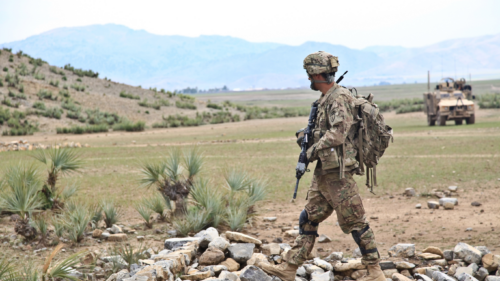Protection of Civilians in Armed Conflict
We focus on reducing the risk civilians experience during crises by educating our members, partners, and world leaders to ensure non-combatants are respected and protected as outlined by international humanitarian law.

New Guidance for Armed Actors to Prevent and Mitigate Conflict-Induced Hunger
The Practical Measures give guidance on policy, operational practice, and relations with partners and allies before, during, and after operations to avoid contributing to food insecurity.

Optimizing Armed Actor Engagement for Protection Outcomes
Protection risks that civilian populations face in conflict zones—such as rape, child recruitment, deliberate deprivation of basic necessities, and denial…

Conflict-Induced Hunger: Linking the War in Ukraine to the Global Food Insecurity Crisis
Currently, 50 million people worldwide face the risk of famine, a reality exacerbated by the war in Ukraine. After…

InterAction Statement Condemning the Actions of the Myanmar Military and Non-State Armed Groups
InterAction condemns egregious actions taken by the Myanmar military and non-state armed groups one year on from the coup and…

The First Step to Addressing Conflict-Induced Hunger
The statistics are staggering. Armed conflict is the single biggest challenge to achieving zero hunger, with nearly 100…

Six Practical Measures That Reduce And Respond To Conflict-Induced Displacement
It is impossible to fully prevent displacement in armed conflict, particularly when military operations are carried out in populated areas.

It’s Time to Break the Deadly Link Between Conflict and Hunger
Conflict is now the leading cause of acute hunger worldwide. Approximately 49 million people facing acute hunger live in…

Trapped in Conflict: Evaluating Scenarios to Assist At-Risk Civilians
In April 2015, the International Committee of the Red Cross and InterAction convened a closed-door roundtable to discuss options for…
